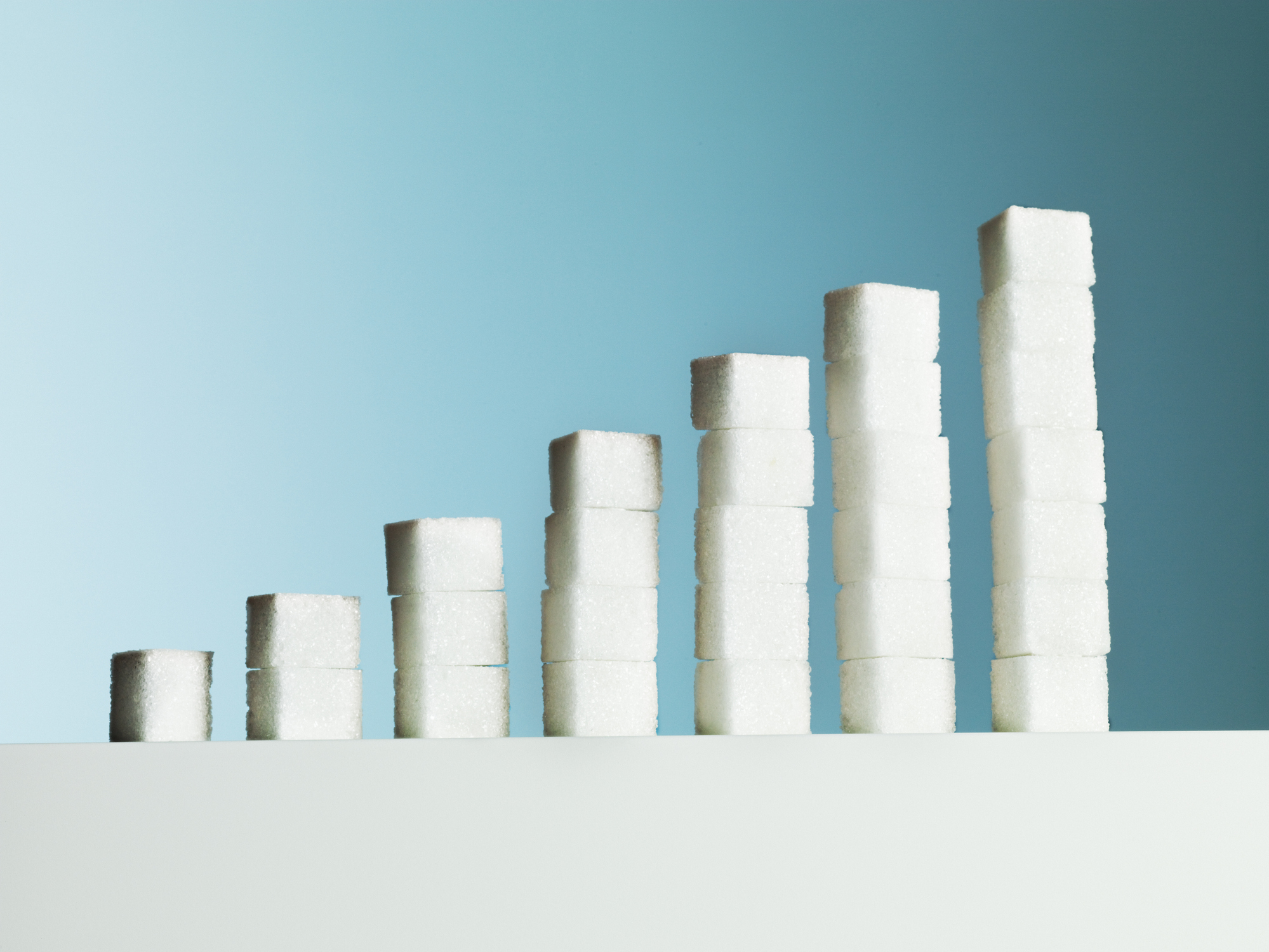“Our habits will either make or break us. We become what we repeatedly do.”
Despite the truth and gravity of those words, as poignantly put by the business executive and author Sean Covey, it is possible to mold habits to better suit our needs.
James Clear, an entrepreneur who founded The Habits Academy and just published Atomic Habits: An Easy & Proven Way to Build Good Habits and Break Bad Ones, offers a surprisingly easy four-pronged approach to manifesting positive habits and kicking rotten ones — so you can become the person you really want to be.
“I refer to habits as the compound interest of self-improvement,” Clear tells Thrive Global. “In the same way that money multiplies through compound interest, the effects of your habits multiply as you repeat them throughout time.” The difficulty for most of us is that we don’t see the returns on our efforts immediately, which squelches motivation. Clear likens it to putting money into our 401Ks — the amount looks like a sad pittance when we initially start, but a decade or two later we see the benefits of our financial sacrifices. “The hallmark of any compounding process,” he says, “is that the greatest returns are delayed.”
Clear thinks the core reason we fail in our attempts to form new habits is that we start with an overly ambitious plan. What we think of as “baby steps,” he argues, are often actually too hard-driving. (Core to Thrive Global’s philosophy are science-backed Microsteps — tiny, actionable behavior changes that are fundamental to helping people take the action needed to improve well-being.) For example, if you haven’t worked out for an entire year, you might say to yourself: “I’ll just start going to the gym three times a week for 15 minutes,” but that’s a heavy lift, Clear says.
He recommends employing his “two-minute rule” to get started. “The idea is you take whatever habit you’re trying to build and you scale it down to just two minutes,” he says. In practice that means instead of going to the gym after work every day, do two minutes of jumping jacks; instead of attempting to read 30 books this year, read one page every day. “The key is that a habit must be established before it can be improved,” he says, “We get so focused on the finish line, we forget to do the thing that matters more than anything else, which is mastering the art of showing up.” A study in the British Journal of General Practice confirms that little practices done consistently in the same context over time can habitualize behavioral changes.
Since “it’s easier to prevent bad habits than to break them,” as Benjamin Franklin wisely said, Clear lays out his surefire actionable tips for the harder task of getting rid of habits that are no longer serving you well.
Make It Invisible
“The idea is to reduce exposure to the cues of your bad habits,” Clear says. For example, if you’re trying to lose weight, stop following food blogs that fire up your gastronomic lusts. Also, gut your pantry of unhealthy grub. “Lose all the cues that prompt you to action,” he stresses. A 2014 study indicates that individuals trying to shed pounds who are exposed to lots of takeout food are less likely to succeed.
Make It Unattractive
Another great way to lose undesirable habits is to forge relationships with new tribes of people, where your desired behavior is reinforced and your bad one “goes against the grain of the group.” If the behavior you’re seeking to change is not normalized in your social circle, you’re less likely to do it because, Clear says, we want to “maintain our status and fit in.” For example, if you’re trying to quit smoking, try hanging out with friends who disdain cigarettes until you’ve broken the habit and can hang with pals who smoke without temptation.
Make It Difficult
If you’re trying to disrupt the second-by-second compulsion to check your phone, leave it in a place that’s challenging or time-consuming to access. “It’s about increasing friction,” Clear explains. “The more friction is associated with a task, the less likely you are to do it.” For instance, he notes that he keeps his phone downstairs from morning until noon, allowing him to get four hours of uninterrupted work done every day. “If I don’t leave it in another room, then I’ll check it every three minutes,” he says. So many of our habits are “habits of convenience,” Clear explains, so placing some obstacles in your path to actualizing unwanted behaviors is a powerful tool.
Make It Unsatisfying
“This is the cardinal rule of behavior change,” says Clear. “Behaviors that are immediately rewarded get repeated. Behaviors that are immediately punished get avoided.” Take eating a donut, for example. It’s instantaneously enjoyable, but if you consume one every single day for two months, the outcome is unfavorable — you’ll gain weight and be less healthy. For bad habits, he explains, you have to take those long-term future consequences and “pull them into the present moment so you feel a little bit of the pain right now.” A new study, in fact, shows that people exposed to the consequences of their behavior are more likely to modify it, which suggests that envisioning future ramifications could be an effective method of altering undesirable behaviors.
The inverse of this four-step process for ridding yourself of bad habits is how you create healthy ones — make it obvious, make it attractive, make it easy and make it satisfying. “Bad habits are instructive,” he muses, “in the sense that they can teach us a lot about how to properly approach good ones.”
Follow us on Facebook for all the latest news on how you can keep Thriving.
More from Thrive Global:
8 Things You Should Do After 8 P.M. If You Want to Be Happy and Successful


